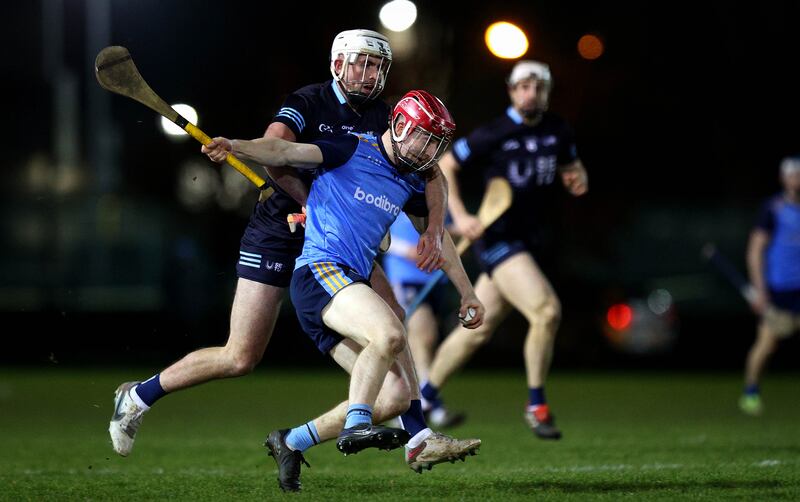The reasons for restructuring the hurling league were no surprise and arguably present from the very start. To recap, it was decided that from 2020, Division 1 would be split into two six-team groups of equal strength.
The problem was that there are generally acknowledged to be nine elite hurling counties and three additional ones had to drafted in to make up the 12-team top flight. Over the four years to date of this structure, the three additional places have rotated around five counties – Westmeath, Carlow, Laois, Antrim and Offaly – of whom only Antrim to date haven’t been relegated again.
This created a perfect buffer zone for the leading counties, who found themselves sealed off from any danger of relegation.
This low-jeopardy structure had come about partly because managers of leading counties wanted a bit more space to experiment with selections without being under pressure to win all the time. One of those who raised the issue at the time was Waterford’s Derek McGrath.
READ MORE
“From a selfish management point of view, the new structure would have suited because it removed the danger of relegation. I was reading this week about managers talking about Fitzgibbon Cup and access to players.
“I remember leaving players out because they had been playing Fitzgibbon and needed a rest. Matches were lost because our best players weren’t out and then we got relegated. It doesn’t affect the dressingroom because players know you’re looking after them but publicly it’s not ideal.”
That pattern of losing up to a dozen players to the GAA’s third-level education championship is an occupational hazard but since 2020, all one of the established counties had to do was beat one of the lower-ranked teams or on the odd occasion it came to it, finish ahead of them – which happened without fail.
Last December the GAA announced another restructure, operative from 2025. There will be five divisions of seven counties, 32 in Ireland and London, Lancashire and Warwickshire, who compete in the lower divisions. Division 1 will combine the top three from the current groups, 1A and 1B plus whichever of the fourth-placed counties finishes with a better record.
The new format will be lively with the top two counties in each division contesting a final and a greater churn, as there will be two up and two down protocols for promotion and relegation.

Seven-team divisions enable counties to have three home and three away fixtures plus a rest week.
This has introduced an element of tension into the imminent campaign, as all counties want to be in Division 1. They will however need a top three placing to guarantee that outcome.
Debate ebbs and flows around whether the new system is elitist in that it removes what former Laois manager Séamus Plunkett refers to as “development” counties from the top division. His experience guiding the county has left him with a very definite idea of what works and he favours the new format.
“It’s realistic to play in a structure where you can be competitive and win some games and you have to get your team right for that. There are also a couple of teams in the group that will be challenging for you, which allows you to have a right cut off them. But you’re not getting continually beaten in games by however many points, causing the motivation in your panel to break down a bit.
“It is really beneficial in this respect: you can set your standards high. They don’t have to be pitched at the lowest level because you’ll end up stranded at that level.”
Although the uneven standards of the current format have been seen to benefit the top nine, there is equally a strong argument that relentless, heavy defeats are not beneficial to development teams no matter how good the opposition.

“I’d pride myself on being able to keep a team motivated,” say McGrath, “but it’s very hard to keep a group on point and reassured that they’re getting valuable lessons – blah, blah, blah – if they’re simply being pummelled match after match.”
Plunkett acknowledges the danger to morale of heavy defeats but equally argues that a team with momentum can handle the setbacks better than another at a different stage of its development.
“It depends on the ambition of the county and where they are in their improvement curve because yes, you may take a couple of beatings but you will be aware of that and the critical question is, ‘can you make incremental improvement’ from that?”
The relatively short lifespan of the outgoing format would suggest that it was a mistake but the fact of life for hurling development is that no structure has been successful in lifting counties to a higher status. There has to be enough competition to improve them but not so much that demoralisation sets in.
It’s a balance constantly being sought but difficult to strike.




















